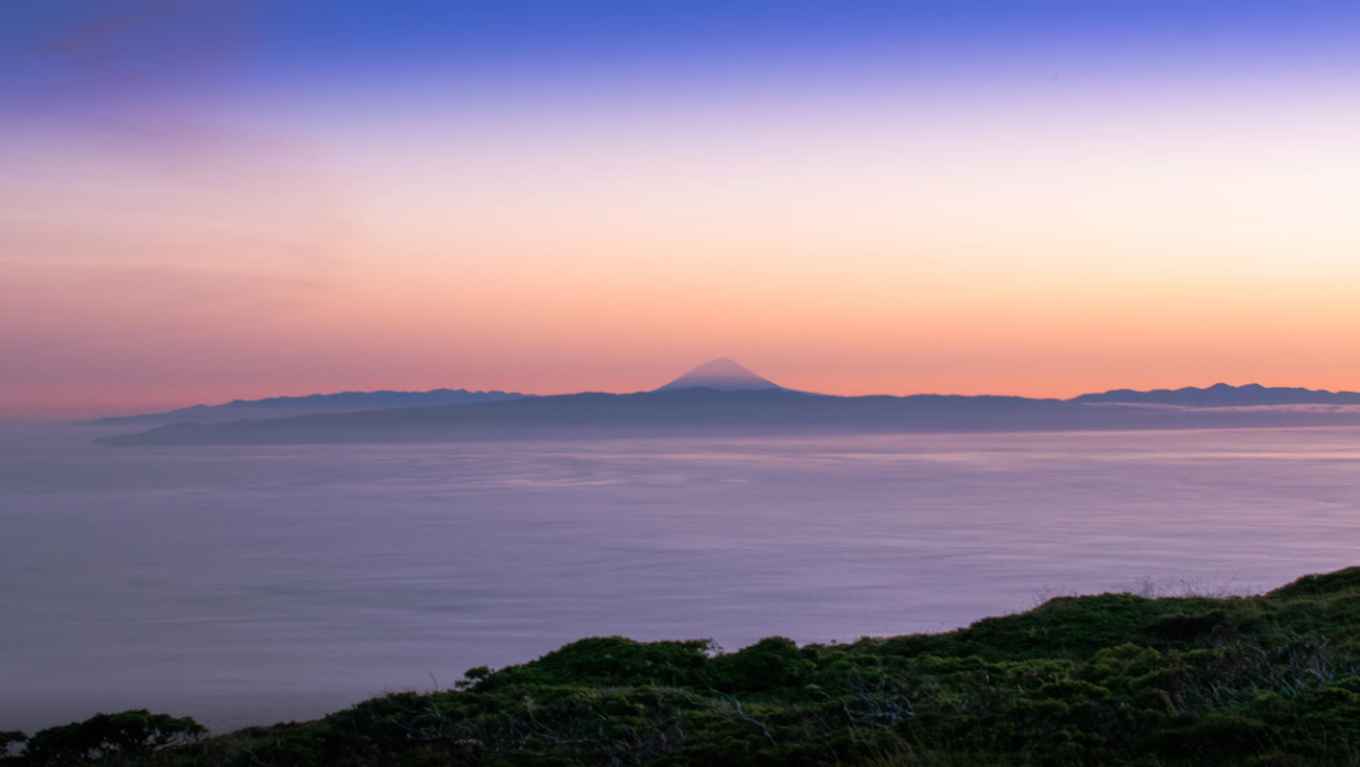How far do we have to travel back in time to trace the origins of present-day biodiversity patterns?
21 November 2018

This conclusion contradicts most studies on the field, which consider that present-day species richness patterns have been influenced only by relatively recent and short-lasting sea level stands.
In the short time span of our lives, oceanic islands seem static entities. But, over thousands of years, they are in fact highly dynamic: past climate change has led to major fluctuations in sea-level and, correspondingly, to changes in the surface and isolation of islands.
Archipelago configurations
‘Volcanic oceanic islands are excellent places to study the role of long-term sea level fluctuations in shaping biodiversity patterns because they are inhabited by many endemic species – unique species that occur nowhere else in the world. These endemics have often evolved on an island over long timescales, and therefore have experienced several cycles of sea level rise and fall ,’ explains Sietze Norder, first author of this study and PhD candidate at the Centre for Ecology, Evolution and Environmental Changes (University of Lisbon) and the Institute for Biodiversity and Ecosystem Dynamics (University of Amsterdam).
Sea level fluctuations
During climatic cycles, sea levels fluctuate between two extremes: low sea levels during cool periods, and high sea levels during warmer periods. The current sea level is relatively high, but for most of the last million years the climate was cooler and sea levels were lower than today.
It has long been suggested that these processes have influenced the richness and geographic distribution of the species that nowadays live on these islands. However, most studies have generally overlooked the importance of the duration of sea levels in the past. Earlier studies have focused mainly on the present-day high sea level or considered a specific, short lasting period in the relatively recent past as determinant of the present-day biodiversity patterns: the Last Glacial Maximum (LGM), an exceptional situation around 20 thousand years ago, when ice sheets were at their greatest extent and, therefore, sea-levels were at their lowest. The environmental conditions during both the cool LGM and the present-day warm period are highly exceptional and short lasting. The researchers of the now published study were therefore curious to explore ecological legacies of other , more long-term and distant–past environmental conditions.
For this study, a international team of twenty researchers analyzed data on 53 volcanic oceanic islands from twelve archipelagos worldwide, which include the Galápagos, Canary Islands, Hawaii, the Azores and Madeira. Data on species richness for land snails and flowering plants were compiled from literature and species checklists. Islands’ configurations for different sea levels were obtained from a recently developed global island database.
Shaping biodiversity
Combining these new data with occurrences of thousands of species allowed the researchers to explore the role of past environmental dynamics in shaping present-day biodiversity patterns. The findings of the study highlight the importance of considering the duration and frequency of different archipelago configurations in the past. ‘It is now clear that the influence of past sea levels on island biodiversity goes back much further in time than we previously thought,’ concludes Sietze Norder.
Publication details
Sietze Norder et al. (2018) Beyond the Last Glacial Maximum: Island endemism is best explained by long-lasting archipelago configurations. Global Ecology and Biogeography. DOI:10.1111/geb.12835